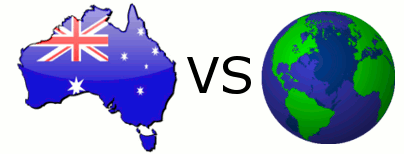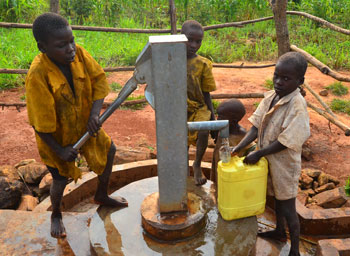Area of study 1 - Understanding health and wellbeing
This area of study explores health and wellbeing and illness as complex, dynamic and subjective concepts. While the major focus is on the health of Australians, this area of study also emphasises that Australia’s health is not isolated from the rest of the world. Students inquire into the WHO’s prerequisites for health and wellbeing and reflect on both the universality of public health goals and the increasing influence of global conditions on Australians. Students develop their understanding of the indicators used to measure and evaluate health status, and the factors that contribute to variations between population groups in Australia.

Outcome 1
On completion of this unit the student should be able to explain the complex, dynamic and global nature of health and wellbeing, interpret and apply Australia’s health status data and analyse variations in health status. To achieve this outcome the student will draw on key knowledge and key skills outlined in Area of Study 1.
Key knowledge
Key knowledge
- concepts of health and wellbeing (including physical, social, emotional, mental and spiritual dimensions) and illness, and the dynamic and subjective nature of these concepts
- benefits of optimal health and wellbeing and its importance as a resource individually, nationally and globally
- prerequisites for health as determined by the WHO including peace, shelter, education, food, income, a stable eco-system, sustainable resources, social justice and equity
- indicators used to measure and understand health status: incidence, prevalence, morbidity, burden of disease, disability-adjusted life year (DALY), life expectancy, health-adjusted life expectancy (HALE), mortality (including maternal, infant and under 5) and self-assessed health statushealth status of Australians and the biological, sociocultural and environmental factors that contribute to variations between population groups including:
- males and females
- Indigenous and non-Indigenous
- high and low socioeconomic status
- those living within and outside of Australia’s major cities
- the contribution to Australia’s health status and burden of disease of smoking, alcohol, high body mass index, and dietary risks (under-consumption of vegetables, fruit and dairy foods; high intake of fat, salt and sugar; low intake of fibre and iron).
Key skills
- explain the dynamic and subjective nature of the concepts of health and wellbeing and illness
- describe interrelationships between dimensions of health and wellbeing
- explain the individual and collective importance of health and wellbeing as a resource
- describe global benefits of the pursuit of optimal health and wellbeing
- identify the WHO’s prerequisites for health and explain their links to improved health outcomes
- describe and apply indicators used to measure health status
- use data to describe and evaluate the health status of Australians
- analyse patterns in morbidity and mortality in Australia over time
- analyse health information to explain factors that contribute to variations in health status between population groups.















